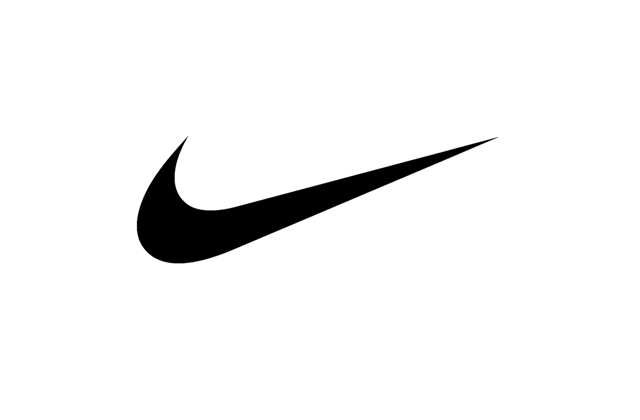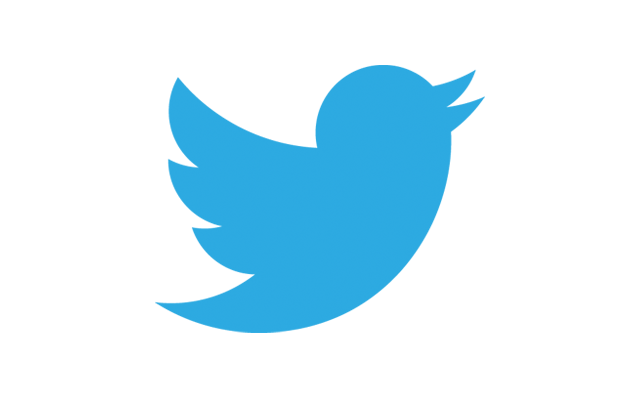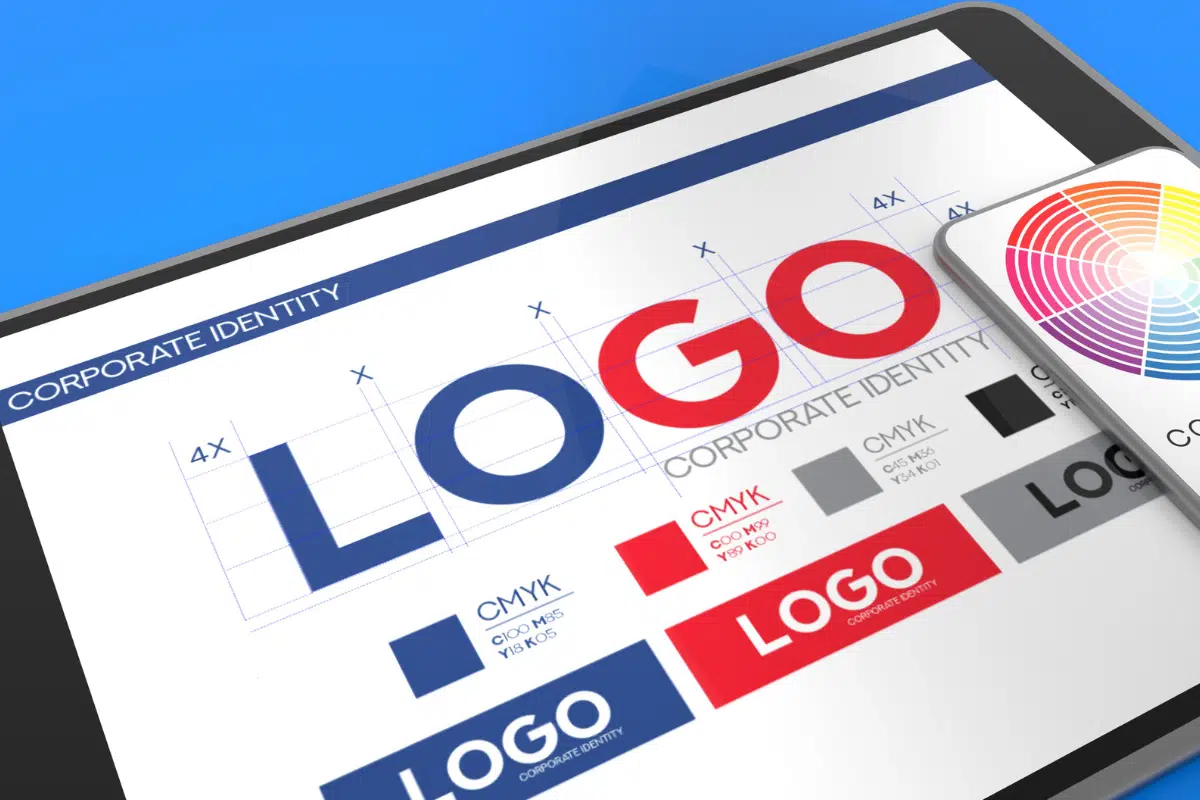This article has been contributed by Brian Lonsdale.
Take a look at how the world’s leading brands use color, personality, language and other techniques in their logo design to communicate their brand values.

Although it can seem complex or overwhelming when considering what to focus on, making use of logo and branding techniques used by the big players in the industry can certainly help improve your logo and branding creative process.
While for some, it’s important to start with more abstract concepts and work their way backward, it’s still quite important to have a mind map of the fundamentals so your creative process can have structure. While logo design is definitely about exploring boundaries and using your creativity to create impressive branding, keeping a few branding techniques in mind can certainly work wonders.
4 Logo & Branding Techniques used in the World’s Leading Brands
1. Colour & Logo Design Evolution

According to Nextshark, brand recognition increases by 80% with color, and of the top 100 most valuable brands, more than half (51%) use only one color. With figures that high have a think about what colors you could be using in your logo.
Marketing strategist Gregory Ciotti agrees and believes that when designing a logo, first comes personality, then color “You can’t pick colors willy nilly, obviously, you should be picking them based on your brand’s personality,” he says. “When crafting your logo, you’ll need to have contextual clues that reinforce why you choose a color.”

Specific brands are highly motivated by colour, for example Virgin. Companies that mainly use red, such as Coca-Cola and Virgin, want to be seen as powerful yet compassionate companies. Yellow is another popular color in business, used by companies like McDonald’s and Ikea, it signifies that the customer will have a happy and fun experience by endorsing the brand.
The Virgin branding is completely red from their logo to their products to even their staff’s uniform. Virgin’s original logo which was created in the early 70s epitomized an era of progressive rock music. Known as the Gemini Logo, it became dated very quickly. The most recent logo was inspired by Richard Branson when he signed the Sex Pistols to his label in the 1970s. He wanted to change the look of the business logo to something less corporate, and edgier. When designing for brands ensuring your design technique is motivated by color can help you out significantly.
The Virgin logo has a hint of mystique as there are many rumors about how the actual creation of this logo came about – they however have said that the origin story is about a young designer who simply scribbled the logo onto the back of a napkin is nothing but an “urban myth”.
2. Symbols and Semiotics

Many brands have moved from having text in their logo to plainly having a symbol. The Nike “swoosh” is one of the best examples of this, which many have said looks like dust that has risen from a runner running over ground. Many of Nike’s products now just include the “swoosh” and as one of the world’s biggest sports brands it breaks down language barriers and can be recognized globally (backed by billions of marketing dollars.

Another global brand the World Wildlife Federation use “WWF” to represent their brand and a silhouette of a panda. The idea of using a symbol is that a picture should say a thousand words – tell your business’ story with a single image. Brands become symbols of something a whole lot greater! As designers, using the power of symbology or semiotics while designing is a branding technique that can take your designs to the next level.

Starbucks is one of the biggest and most well-known coffee companies in the world. The evolution of the Starbucks logo has changed ever since they started business in 1971, however Starbucks’ “Siren” still features on their logo, which is on every cup they sell. The Siren represents the strong seaport roots of Seattle which is envisioned in their twin-tailed mermaid. Starbucks claims that;

“Over the last 40 years we’ve made some changes to that identity. Now we’re doing that again, to keep ourselves relevant as we evolve without ever losing sight of our heritage. But the Siren has always been there. She is at the heart of Starbucks.” Myths are powerful and making use of them in your designs can play a pivotal role when used appropriately.
3. Make it Visible

Much like Starbucks, Apple have their logo visible on all of their products – a small apple feature on the back of every phone and a larger version on its laptops and desktops. The idea of having an apple with a single bite of it seems very self-explanatory for this company, however, this was not always the case. Visibility when implementing logos is yet another important branding technique to keep in mind when designing products and brand logos.

The first Apple logo which was designed in 1976 by Ronald Wayne, who Is often referred to as the third co-founder of Apple, depicted Isaac Newton sitting under a tree, with an apple dangling above his head. The phrase “Newton… A Mind Forever Voyaging Through Strange Seas of Thought … Alone.” Surrounded the image around the border – much more detailed than the single apple, right?
Then came the multi-colored Apple logo, bringing the company into a new era. Jean-Louis Gassée, a former Apple executive believed that the logo should display the company’s passion and personality. “One of the deep mysteries to me is our logo, the symbol of lust and knowledge, bitten into, all crossed with the colors of the rainbow in the wrong order. You couldn’t dream of a more appropriate logo: lust, knowledge, hope, and anarchy.”

Steve Jobs introduced color to help humanize the brand – however in 1998, the company changed things up again and created the monochrome version that we know and love today. By making a simple, monochrome logo Apple are able to transfer this onto all of their products, creating a branding that is one of the most recognizable in the world. Are Apple done with playing with their logo, we will just have to wait and see!
4. Transforming your Logo
How can you transform your logo? If you are designing a new logo today, have a think about how it can be changed for different platforms. The Twitter logo is a great example of how a logo can be abbreviated to accommodate the digital world. Twitter asks users of the logo to always use the official and unmodified Twitter logo to represent Twitter.

Twitter’s bird logo is a play on the term “tweet”. Brands have followed Twitter’s style via the social network, for example; Pepsi uses their ball logo with the red, white, and blue stripes on Twitter. Playing on words and making use of the brand’s core values in logo design is a powerful branding technique that can enhance the quality of your brand design immensely.
Related Logo Posts:
- Best Logo Design Courses
- Logos in a Responsive Design World
- Best Free Logo Makers
- Best Software for Logo Design
- How to Present your Logo Designs to Clients
- The Logo Design Process of Top Designers [Infographic]
- Logo Design Grid Systems Deconstructed [Video Class]
- 2017 Logo Design Trends Forecast
Logo & Branding Techniques of the World’s Leading Brands
If you take one thing from reading this article, remember, that logos must have a personality. We are surrounded by them in everyday life and often take the thought behind them for granted. When constructing your logo, ensure it has meaning and reflects your businesses personality in its simplest form.
Making use of the logo and branding techniques can go a long way when it comes to your creative process. Although it may seem underwhelming or not too important to consider for those more creative individuals making use of this can go a long way. Was this article helpful? Let us know in the comments below.


thanks for this interesting article
I agree
thank you for this
Thank you so much for this overview about logos and how to create a meaningful and memorable logo by showing how various companies have done it and how color, style and symbols play a vital part in it.
This will come in very handy as I think of our own logo for the Hanian Earth Empire; which as a Global Micronation that I have founded. It, not being a traditional company with traditional products, faces a few challenges. In my benefit I’m not aware of other micronations which have logo’s so designing something could be very helpful to distinguish us from everyone around us.
Was thinking of using something with an Earth Globe as it features prominently on the website and mimics flag pins used by traditional statesmen, but I wasn’t sure of the colors. Your post helped with that.
HayaH — Founder of Hanian Earth Empire http://hazempire.com
Hello,
Thanks for good article, logo is the most useful info for our website, i can again create a logo for my website.
Logo is an efficient mark that puts any business memorable easily
Wonderful post about logos of different brands and the significance of colors and styles of these logos.